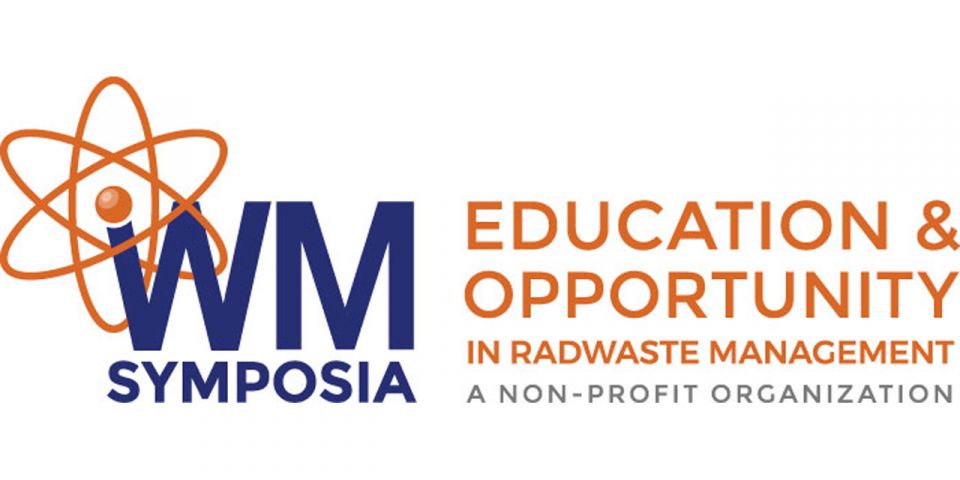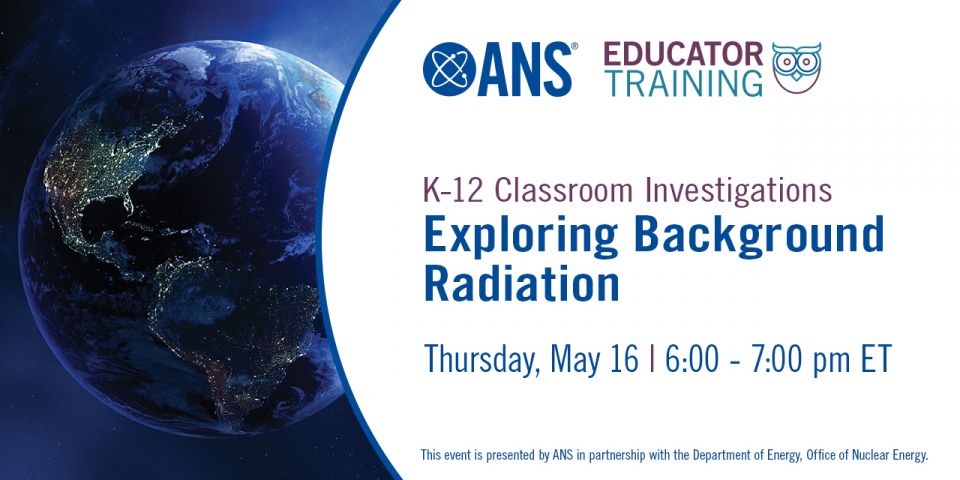ANS webinar previews five CONTE 2023 presentations
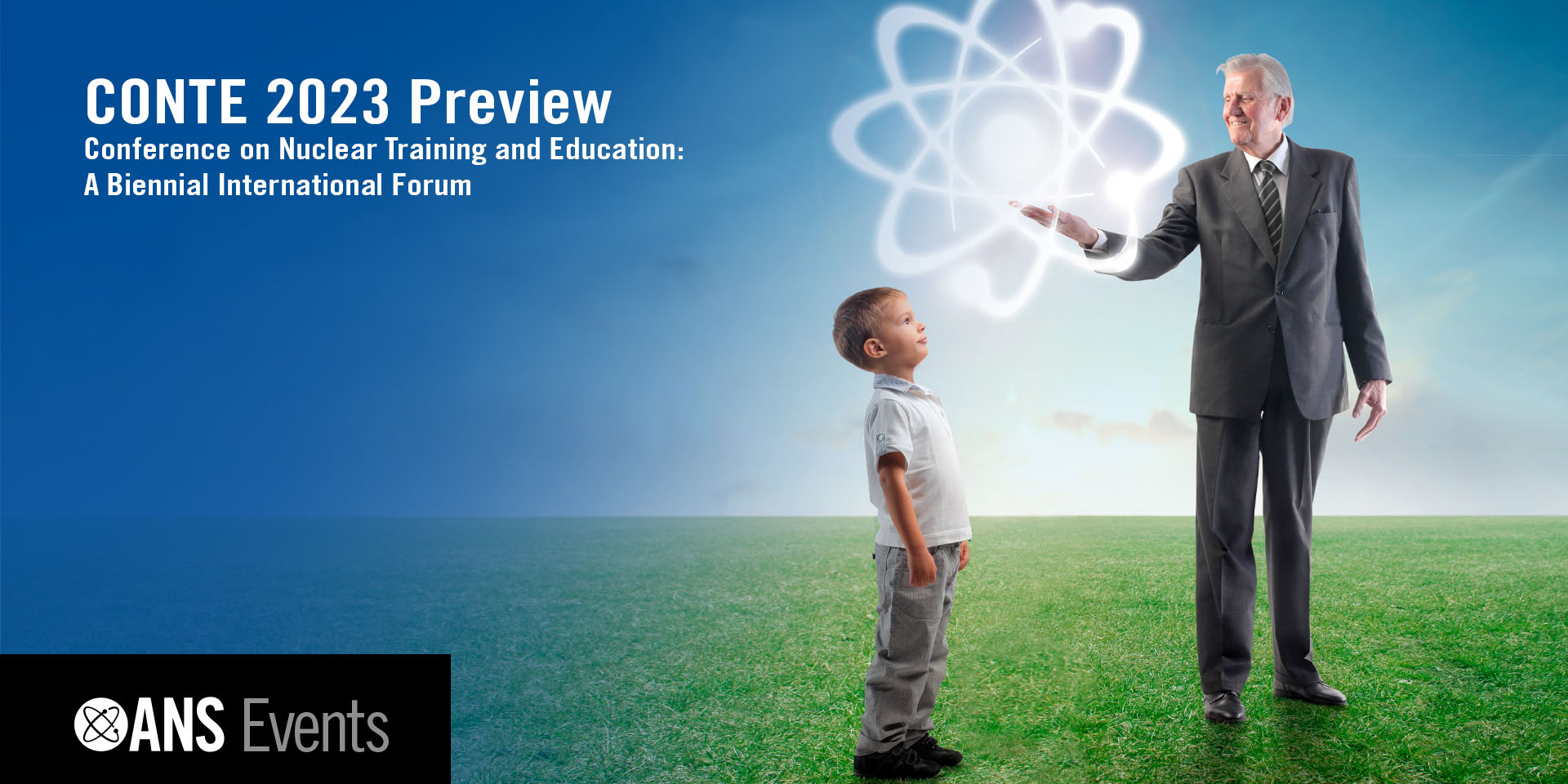
The Conference on Nuclear Training and Education: A Biennial International Forum (CONTE 2023) is still a few weeks off, but ANS offered a preview during a webinar on January 19. Moderated by Billy Wilson, senior engineer of nuclear training (for eLearning) at Ontario Power Generation, the webinar featured four panelists who discussed their upcoming presentations that will be delivered at CONTE 2023.
Themed “Maintaining Excellence Today—Building the Nuclear Workforce for Tomorrow,” CONTE 2023 will be held February 6–9 in Amelia Island, Fla. For those who can’t make it to the conference, or who simply want a sneak peek from some of the top speakers, the webinar is available to all on the ANS website. The panelists were Muhammad (Ramzy) Altahhan, a postdoctoral research scholar at North Carolina State University; Michael Mancini, president of Hydro Total Solutions; Marlene Khalil, senior manager of training programs at Ontario Power Generation; and Jessika Hernandez, innovation specialist at Accelerant Solutions.
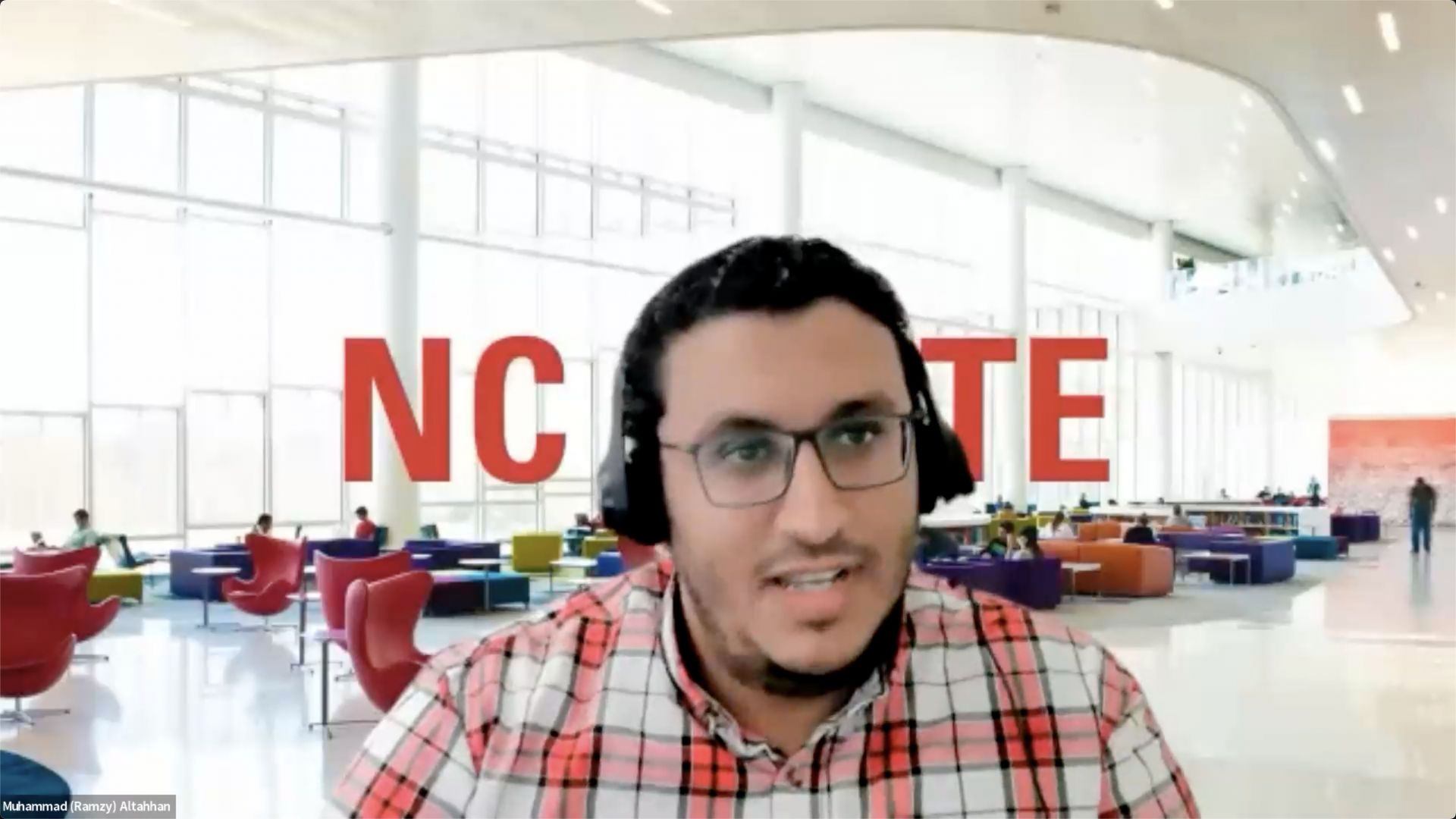
Ramzy Altahhan
“Exploring Computational Notebooks for Education and Training in Nuclear Engineering”: Ramzy Altahhan began by saying, “What drives me for doing nuclear engineering research is the education and continued growth of the nuclear energy sector and its associated workforce.” Through his work, he hopes to help increase the efficiency of the nuclear workforce.
During his presentation about computational notebooks, he noted that they are seldom used in education and training, although the COVID-19 pandemic revealed that virtual forms of learning are important, and new learning methods need to be explored. He described computational notebooks as excellent learning tools that can be used with different computer languages: “You can combine codes, you can combine multimedia, text, so it can help with education, it can help with research, as well as with training . . . It’s basically up to your imagination what you want to do with it,” he said.
With the complexity of nuclear engineering computational methods steadily increasing, Altahhan makes the case that is a need for computational notebooks, especially with the Julia programming language. Julia is useful in generating educationally beneficial computational notebooks, which “can help in plotting, pre- and post-processing, reduction of error-prone code during development, and unit tests and verification steps during the development phase” and which can be used to create “a reliable code and educational/training platform for continued growth of nuclear energy research and the associated workforce.”
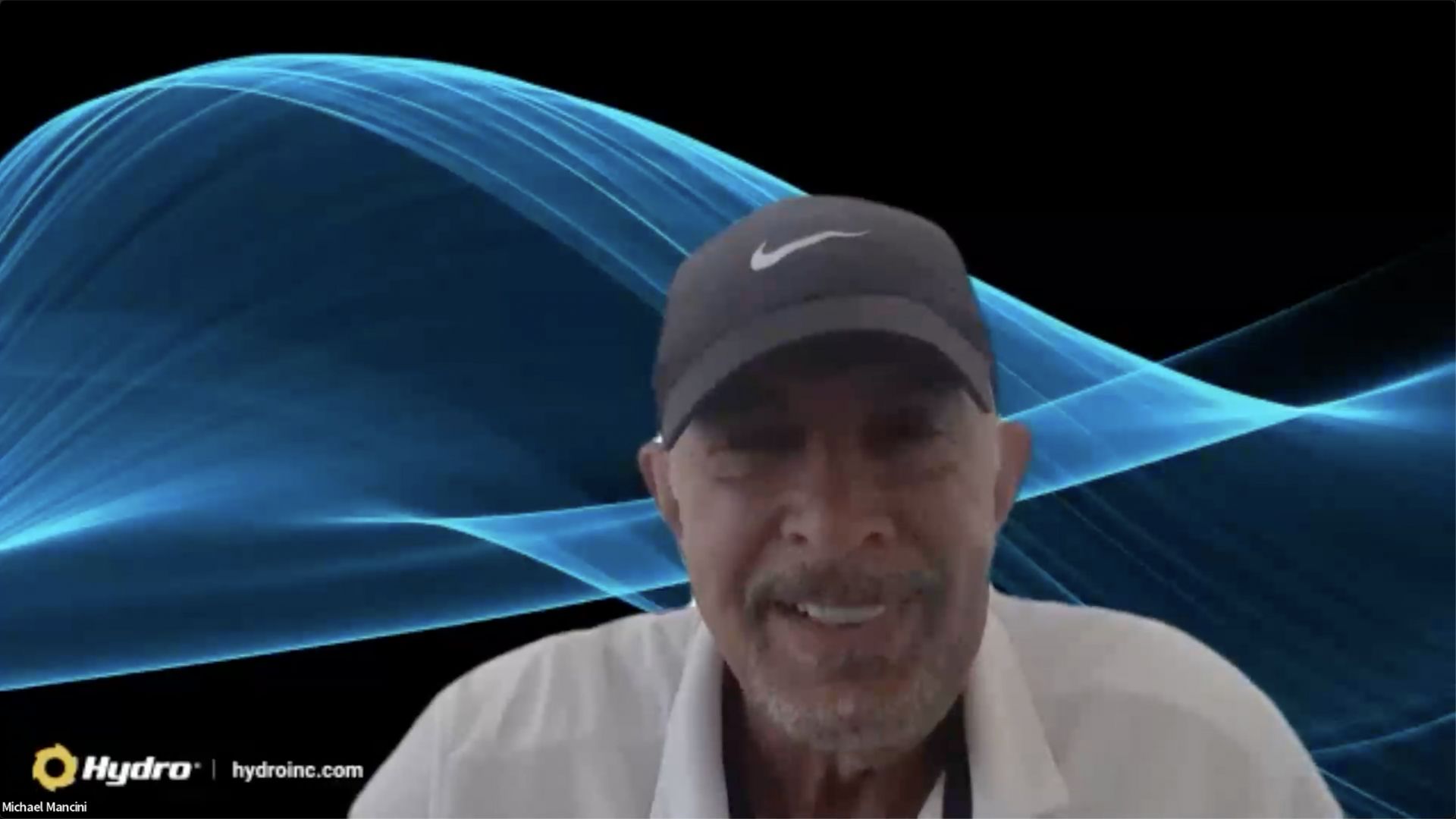
Michael Mancini
“Foundation–Reinforcement–Application: Training Strategies for Material Retention”: An important aspect of Michael Mancini’s job, where he helps customers reduce the costs of pump operations, is the training of nuclear power plant personnel. He observed that training, “even five to ten years ago, was a nice thing to do, but it wasn’t a necessary thing to do. But now, with this brain drain of losing institutional knowledge, either through retirement or people just leaving their jobs or downsizing, all of a sudden training is becoming a necessity.”
Data show that in traditional classroom training, the retention rate for presented material can be less than 15 percent, according to Mancini. He added that the younger generation is more digitally and visually focused, leading him and his colleagues concluded that a new approach was needed.
The approach they developed focuses on retention and provides easily accessible video/graphical recordings of training material. Application rather than academia is the focus; training covers material that is important for doing the jobs of nuclear engineers and mechanics. Adapting to the younger generation, Mancini’s new approach also includes state-of-the-art graphics and three-dimensional interactive animations, which he characterized as “YouTube on steroids,” which “really make it not only a lot more interesting, but the students really start to grasp what we’re talking about.” His training animations also feature special alerts with “tribal knowledge”—or institutional knowledge—that may have been lost to less experienced personnel because it is not in the standard training manuals on maintenance procedures.
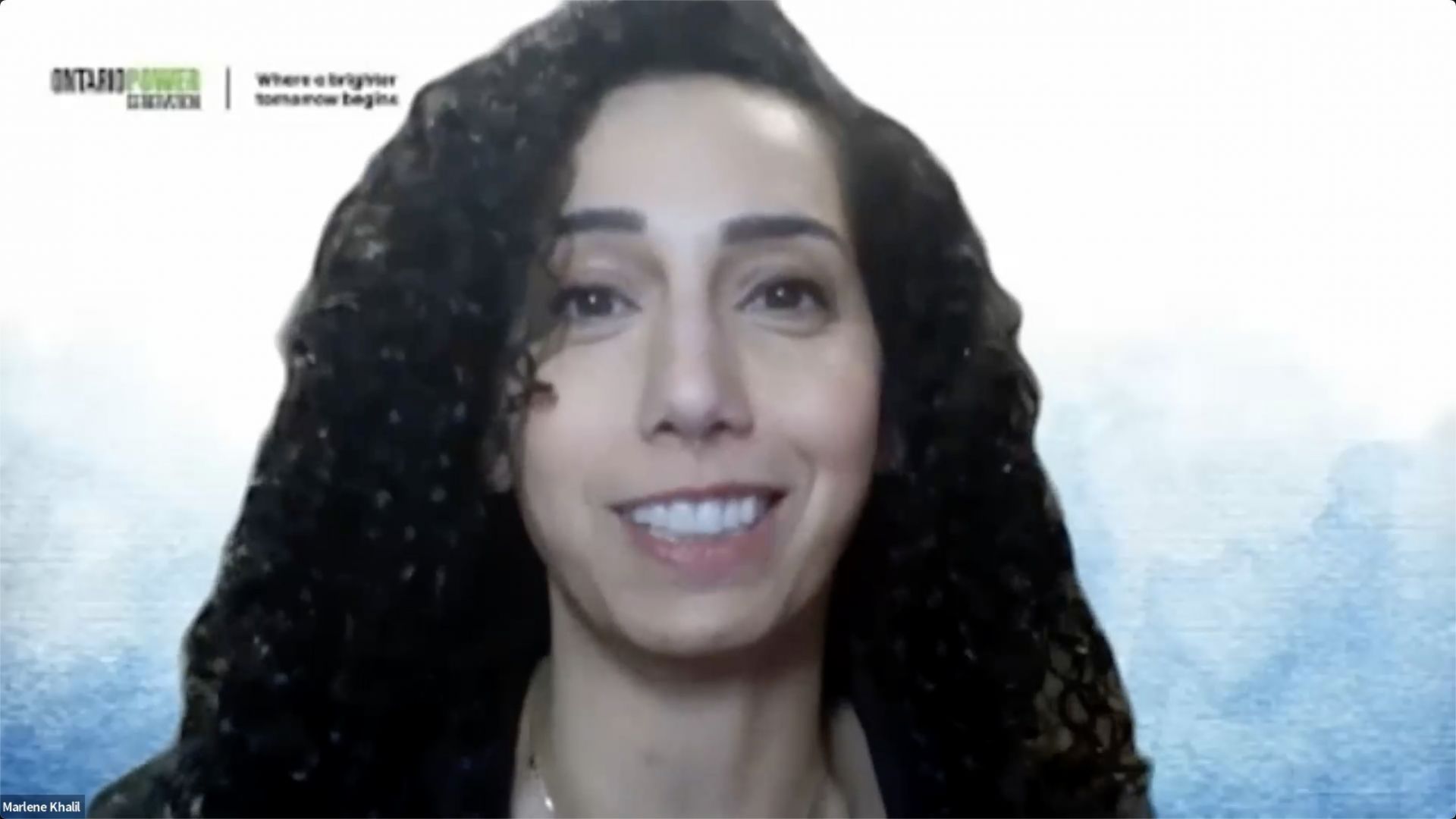
Marlene Khalil
“Instructor Community of Practice—An Active and Sustainable Community to Support Instructor Proficiency”: Marlene Khalil noted that as training procedures at Ontario Power Generation transitioned to online or blended learning during COVID-19, OPG assembled a team to support instructors. The team, the Instructor Community of Practice (ICOP), now “has close to 300 active users on a daily basis. It’s active, there’s always content and users on a regular basis.” According to Khalil, Recent self-assessments have determined that this virtual training was effective; there was “great feedback from our instructors, our trainees, and supervisors.”
Khalil explained that ICOP activities include active and continued learning, purposeful practice sessions, workshops, wiki templates, a blog, calendar posts, shared lessons learned, and shared videos, which function like “our internal YouTube.” The community’s “Video Learning on Demand” page currently has more than 500 videos and counting. “We are continually growing our content,” Khalil said. “Now we’re looking at not just what [instructors] need now, but also how do we advance and continue to advance our instructors.”
In the training industry, Khalil noted, “our role as instructors has evolved and our needs continue to evolve, so we have to evolve and support them as we go along. And the [ICOP] is a great way of doing that and keeping it up to date.” OPG is considering a number of next steps, on which she plans to elaborate at the conference.
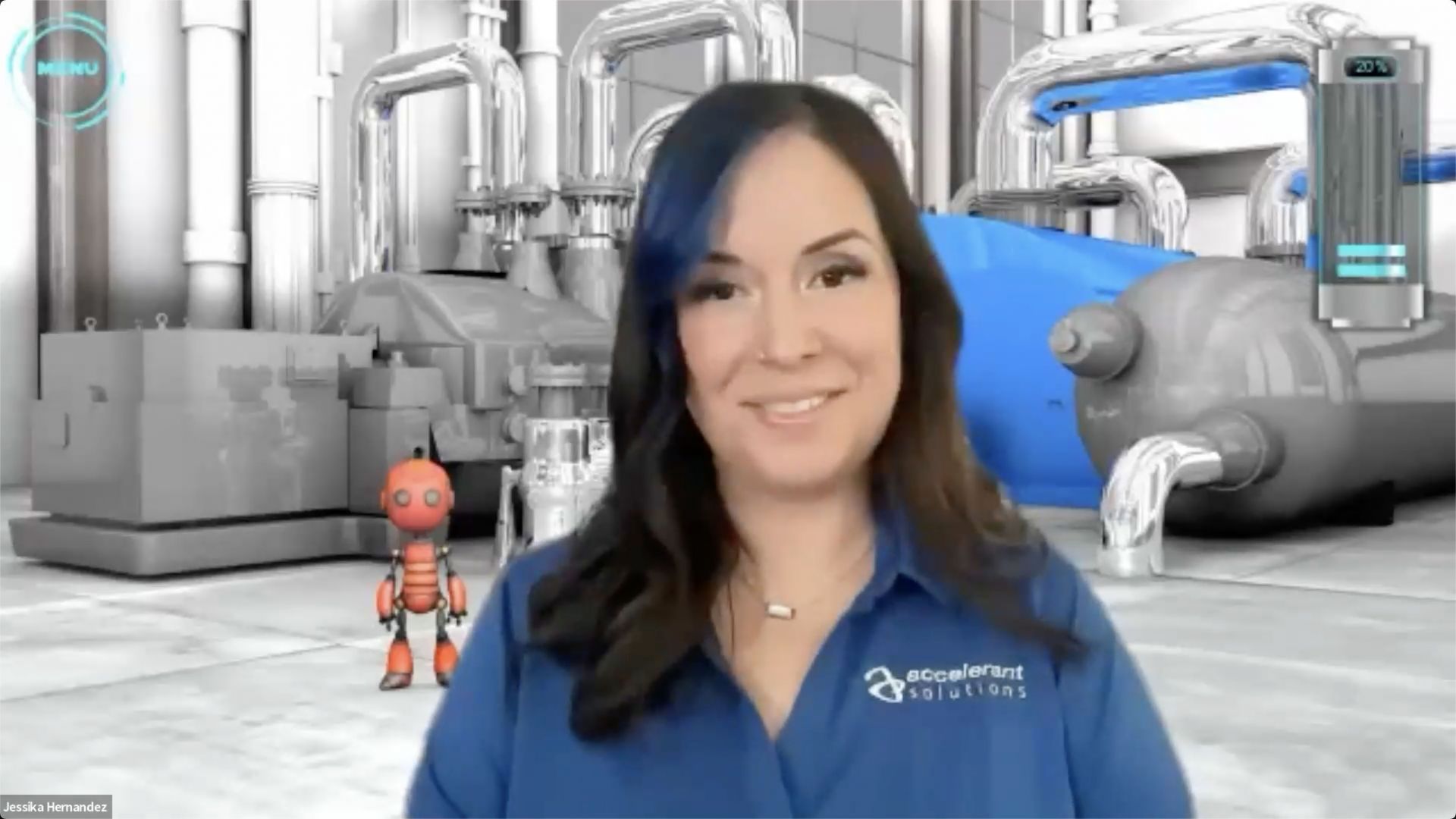
Jessika Hernandez.
“A Crash Course in Virtual/Blended Instructional Design” and “Dispelling Neuromyths: A Lesson in Learning Outcome Improvement”: Jessika Hernandez, who is currently working toward a Ph.D. in educational technology, recognized a common theme among the webinar’s presentations: “Learning is a lot more than just training,” she said. Educational tools like computational notebooks, software and programs that highlight application skills and not just academia, and a focus on community of practice and community of culture are all things that support the guidelines for teaching and learning in the nuclear power industry.
Hernandez added to the discussion by previewing points from both of her upcoming CONTE 2023 presentations, beginning with a “crash course” in virtual and blended instruction, focusing Accelerant Solutions’ PLANT software, a content management and authoring tool that can be used in virtual and blended instruction. This software was used by Bruce Power and Entergy in customized training at their nuclear power plants.
Regarding her second presentation about dispelling neuromyths, she explained, “Most people think of them as learning myths. . . . One that I wanted to bring up was multitasking, because I find that’s a very common neuromyth that people believe in—that we’re capable of multitasking, when you’re not really”—what it is in actuality is called context switching.
At CONTE 2023, Hernandez will be joined by copresenters for a more in-depth look at these subjects in practice. She is especially looking forward to asking participants to share their ideas of neuromyths: “We’re gonna see if we can debunk them,” she said.
After reading a few questions from viewers—and adding some commentary of his own—Wilson highlighted the theme he had in mind when he chose the event’s speakers: “We need a blend of different learning experiences over time . . . because he have to create the experts that we need,” he said. He thanked the participants for a great webinar and an exciting preview of CONTE 2023.



